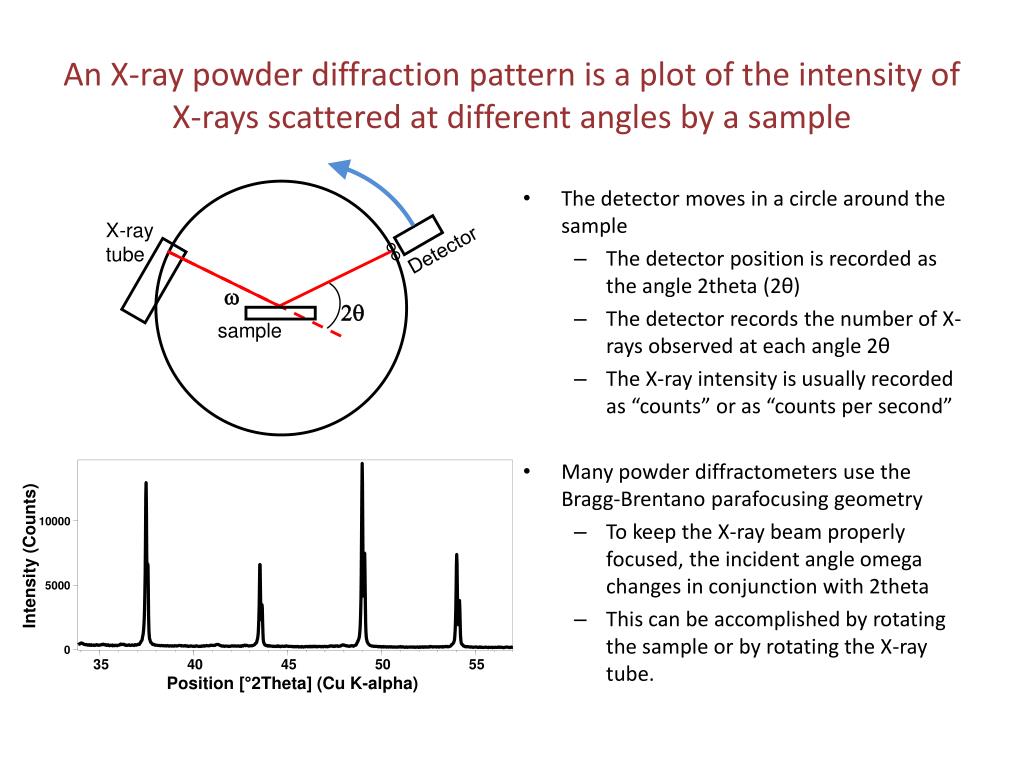
In the table, the data reported by manufacturers (magnesium and calcium contents), and the form of the chemical compound are taken into account. All analyzed products are gathered in Table 1. Twenty-two dietary supplements containing calcium and magnesium were purchased in pharmacies, shops, filling stations, and via the Internet, and then subjected to tests using X-ray radiation. The goal of the paper consists in the identification of calcium and magnesium compounds declared by manufacturers as components of given supplements, as well as an attempt of determination whether the product is authentic or not. That is why it is important to control their chemical composition, using the available test methods ( Stypułkowska et al., 2011).įor the study, popular and frequently purchased dietary supplements containing magnesium and calcium were chosen. They have much stronger undesirable effects usually and even cause death ( World Health Organisation, 2018). Dietary supplements containing structural analogs of and chemical compounds very similar to those comprised in medicinal drugs, are particularly dangerous.

The majority of plant products, nutrients and dietary supplements is not tested for the quality of the components used. Use of many of them has no factual substantiation. These products contain more than 500 components in total. More than 10,000 dietary supplements are available on the Polish market. Because of the fact that they are classified as foodstuffs, their common availability and an increase in the interest for this type of product may be observed at present. In the USA, three batches of product containing only water, which were to replace a good, effective, and commonly used oncological drug, were confiscated ( World Health Organisation, 2006).Īpart from these, dietary supplements are also massively forged. In 2013, 1.2 million aspirin tablets were confiscated in France, and it was a product that did not contain the active substance at all. Also counterfeiters are also interested in popular medicines, such as aspirin. It is thought that the following groups are the largest among counterfeit drugs: antibiotics (28%) hormones (including steroid hormones, 18%) anti-asthmatics and anti-allergics (8%) antimalarials (7%) analgesics and antipyretics (6%) other medications (14 therapeutical classes, 33%) ( Maurin et al., 2007 Singh et al., 2009 Venhuis et al., 2011). WHO and FDA experts estimate that counterfeit products may constitute ~10% of the global medicinal drug market. In recent years, there has been an increasing number of fatal cases resulting from taking counterfeit medical and therapeutical products, and dietary supplements. Our studies confirmed the effectiveness of X-ray structural analysis and proved the possibility of distinguishing counterfeit preparations from authentic products, as well as to use this method for the quality control of such pharmaceutical preparations. In the case of two magnesium-containing dietary supplements, the magnesium compounds declared by the manufacturer were not found. In most cases, X-ray analysis of the investigated dietary supplements proved the presence of magnesium and calcium compounds declared by the manufacturer, as well as allowing the identification of auxiliary substances present in the tested products. Reflection shifts for the individual 2θ angles compared with the data from the database should not exceed 0.2°.

The most important criterion in qualitative analysis, confirming the presence of a given phase, is the conformity of positions of diffraction lines in the recorded diffraction image with those in the reference image. In this study, the ICDD-PDF2 database was used. Identification of crystalline substances present in the tested sample consists in determination of inter-planar distances d hkl of investigated substances and determination of intensity of the obtained diffraction lines, and then in comparing them with values contained in diffraction databases. For the tests, 22 dietary supplements which should contain magnesium and calcium compounds, available in pharmacies, groceries, Internet shops, as well as in shops for sportspersons, were selected. X-ray diffraction enables the understanding of compositions of such mixtures. X-ray diffraction is one of the techniques which may be successfully applied to identify various chemical compounds in polycrystalline mixtures such as dietary supplements, but also medications, narcotics or designer drugs. It is estimated that ~50% of medications and dietary supplements offered in the Internet are counterfeit. Institute of Chemistry, Faculty of Science and Technology, University of Silesia, Katowice, Poland.


 0 kommentar(er)
0 kommentar(er)
